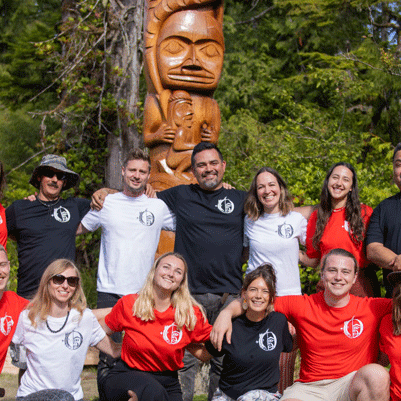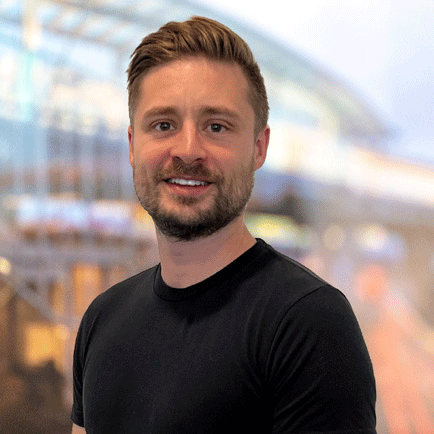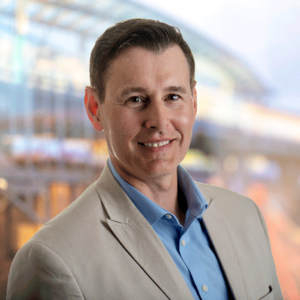He’s on a quest to highlight the human side of engineering
In fact, you might find Eric humming a line from a classic Billy Joel tune: “Slow down, you’re doing fine, you can’t be everything you want to be before your time.” So wise for this young engineer who’s still pursuing his academic goals while his professional career is already taking off. Overlapping the two might not be for everyone. But when the paths crossed for Eric, he jumped at the one-of-a-kind opportunity.
He completed his undergraduate degree in mechanical engineering and then a master’s program at the University of Victoria. That program introduced him to his now boss, Terry Bergen; his topic was high-performance residential construction and included a case study on Terry’s personal home. Now he’s focusing his PhD work on the human element of engineering. During his PhD he started a project with the IISAAK OLAM Foundation, T’Sou-ke First Nation, and the Canadian Mortgage and Housing Corporation, applying Innovation Frameworks to uncover root causes of the Indigenous Housing Crisis. It was while working on this project that Eric started to contemplate a joint relationship with RJC and the IISAAK OLAM Foundation. He approached Terry first with the idea of supporting the project and then later about building a team to work on projects with Indigenous Nations. Clearly Terry liked the idea.
Today his studies have taken a bit of a back seat to his work as RJC’s Liaison for Indigenous Projects. For now, he is just one in the four-person team, and his role is a shared one between RJC and the IISAAK OLAM Foundation. The objective of his work is to apply Design Thinking and Systems Thinking to take a holistic approach to engineering projects with Indigenous Nations that recognize, respect, and appreciate cultural, historical, and environmental considerations in infrastructure projects—making sure environment, culture, and community are supported as by the project, rather than harmed.
The team is working on replacing 32 homes with flood-resistant structures in Halalt First Nation, which has been affected by historic flooding. The goal is to improve building resiliency while also ensuring the homes reflect the values of their occupants—a critical element of Design Thinking. They’re also working with the Nation to talk about creating employment opportunities and apprenticeships within the project, and identifying other economic development opportunities that could spin off for the community.
Eric is immensely proud of bringing the two groups—RJC and the IISAAK OLAM Foundation—together with a common goal to approach projects with an Indigenous Protected and Conserved Areas (IPCA) lens. Even if it did lead to this extraordinary job, which in turn is keeping him from finishing that last paper he needs for his Ph.D. Slow down, Eric. You’re doing fine.

He’s still trying to finish school—the PhD is within arm’s reach—all while carving out a truly custom role in the Building Science and Restoration team that bridges his passion for Design Thinking in engineering with his profound respect for Canada’s First Nations. He also teaches on occasion. And…he’s got a young family. But if he’s stressed, he doesn’t show it on the outside.
Other RJC Stories






